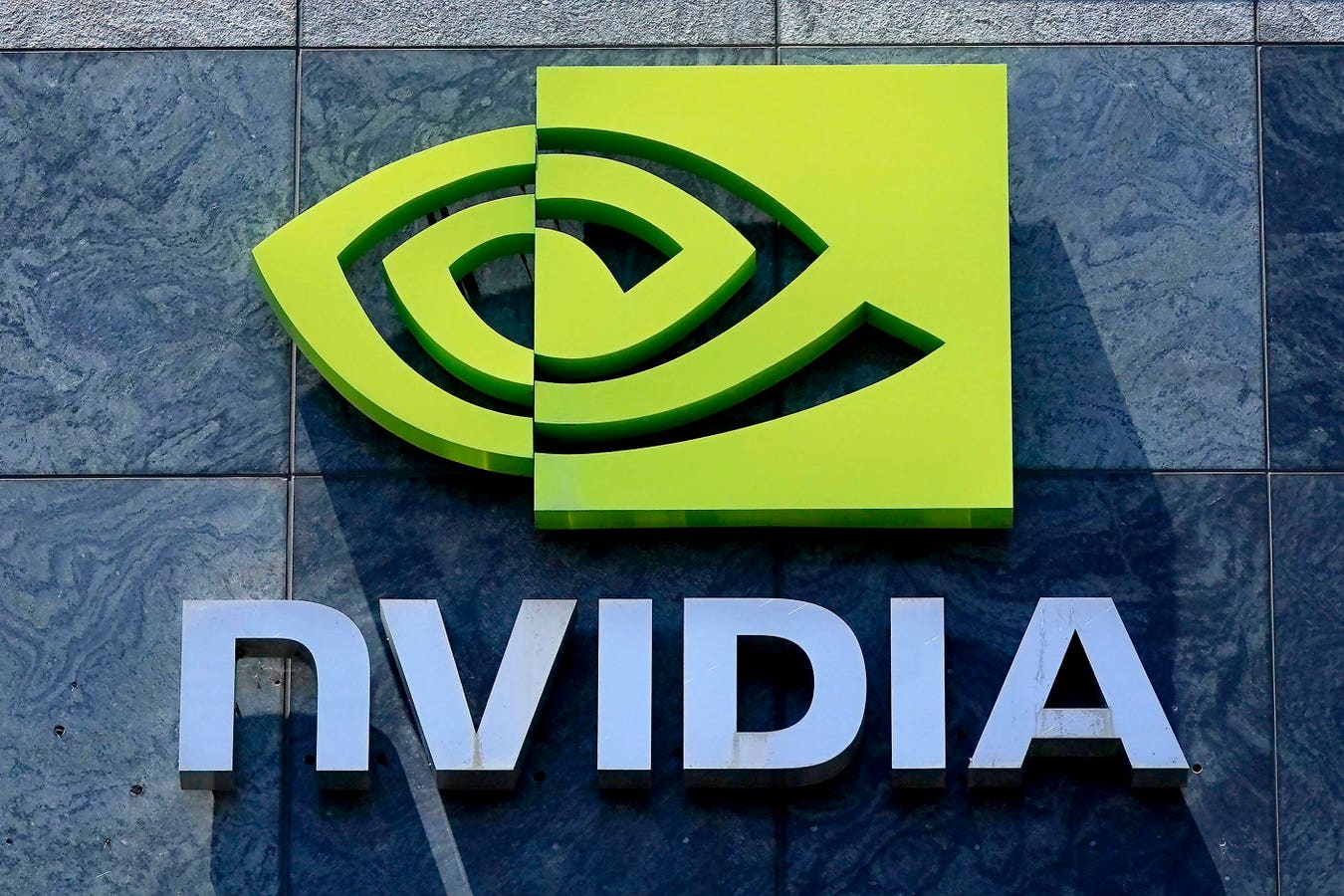Nvidia stock shares surged more than 10% following the company’s latest earnings report, which exceeded investor expectations and demonstrated the ongoing high demand for its artificial intelligence chips. Notably, the company’s data center revenue soared by an impressive 427% during Q1 of fiscal year 2025, which ended on April 28.
While Nvidia benefits from the exponential growth in AI, other areas of the economy associated with the boom — such as certain commodities and electric utilities — are struggling to keep pace with the expansion.
Demand for Nvidia’s graphic processing units is driven by the major cloud services providers —Amazon Web Services, Microsoft Azure, Google Cloud, and Oracle Cloud. According to Nvidia, these clients accounted for approximately 45% of Nvidia’s $22.56 billion in data center sales in Q1 of FY 2025. “The demand for GPUs in all the data centers is incredible — we’re racing every single day,” Nvidia CEO Jensen Huang said in a call with investors following the earnings release.
These cloud services giants are in an AI arms race, investing hundreds of billions of dollars in new data centers. According to an analysis from JP Morgan made available to institutional clients in February, global data center annual capital expenditure is expected to rise from around $300 billion in 2024 to more than $500 billion by 2027.
Data centers are electricity hogs, and the availability of power is a major bottleneck to their global expansion. Aging and inefficient electrical grids are not able to scale to keep up with demand. The rapid growth of data centers coincides with the increased adoption of electric vehicles, driving power demand far beyond expectations.
Electricity consumption from data centers and artificial intelligence could double by 2026, according to a report from the International Energy Agency. The IEA predicts that “after globally consuming an estimated 460 terawatt-hours in 2022, electricity consumption from data centers could reach more than 1,000 TWh in 2026.” This doubling of demand is roughly equivalent to the entire electricity consumption of some industrialized countries, such as Japan.
Existing U.S. electrical utility companies are expected to step up. Nine of the top 10 said data centers were a primary source of customer growth, leading many of them to increase their forecasts for capital expenditure plans and demand, according to a Reuters analysis of Q1 earnings reports. Yet many of these companies require infrastructure investments to materially increase their output.
The growth of the grid means that utilities and their customers are scrambling to purchase all types of electrical equipment. One company benefiting from utility company investment spending is Eaton. According to the company’s website, it aims to “future-proof infrastructure, optimize distributed generation, automate processes and reduce risk.” Eaton stock has responded to the expansion of the grid. Its stock is up 42% so far this year.
A larger electrical grid also means more demand for natural gas to power the utilities. According to Goldman Sachs
Goldman Sachs
However, some critical metals needed in the build out are harder to source. The exponential growth of AI computing capacity in the coming decade has a direct impact on the amount of copper required to support this growth. According to a Man Institute report, “the potential incremental copper demand from the U.S. data center buildout could range between 0.5% and 1.5% of global copper demand. Although this might seem insignificant, even a 1% shortage could plunge the market into a significant deficit.”
The copper market is responding to the anticipated imbalance between supply and demand. Copper prices have soared 22% in the last three months. Similar to the situation with the electrical grid, additional supply is not poised to meet demand. Aging mines, lack of exploration success, environmental and water issues, and heightened political risk in key producing regions are challenging supply.
More AI demand means more need for data centers, which in turn means more need for electricity. More electricity means greater demand for copper and natural gas. Certain commodities and utilities are riding the wave of the AI boom, along with Nvidia. Nvidia’s earnings suggest AI growth remains robust, and the stress on the infrastructure to support that growth will only increase.
Read the full article here


















